Learning science and math at Steiner takes place in each of the four high school years in rich Main Lesson Seminars, in ongoing courses and electives, and in laboratory experiences.
Major concepts are chosen for presentation and development in each Main Lesson Seminar in a deliberate progression from concrete topics in ninth grade to sophisticated abstract concepts in senior year. In the physics sequence, for example, ninth graders typically engage in hands-on work with combustion engines and electric motors to grasp concepts including force, pressure, and energy while seniors conduct careful observations of optical phenomena and read the words of Newton and Feynman in order to understand wave-particle duality and the goals of quantum mechanics.
Examples of Main Lesson Seminars in Science and Mathematics include, among many others, Engines and Energy (9), Trigonometry (10), Botany (11), and Modern Chemistry (12). In addition to the core work in the Main Lesson Seminars, students are required to take at least three years of mathematics (four years are strongly recommended) and are able to choose from a variety of electives.

